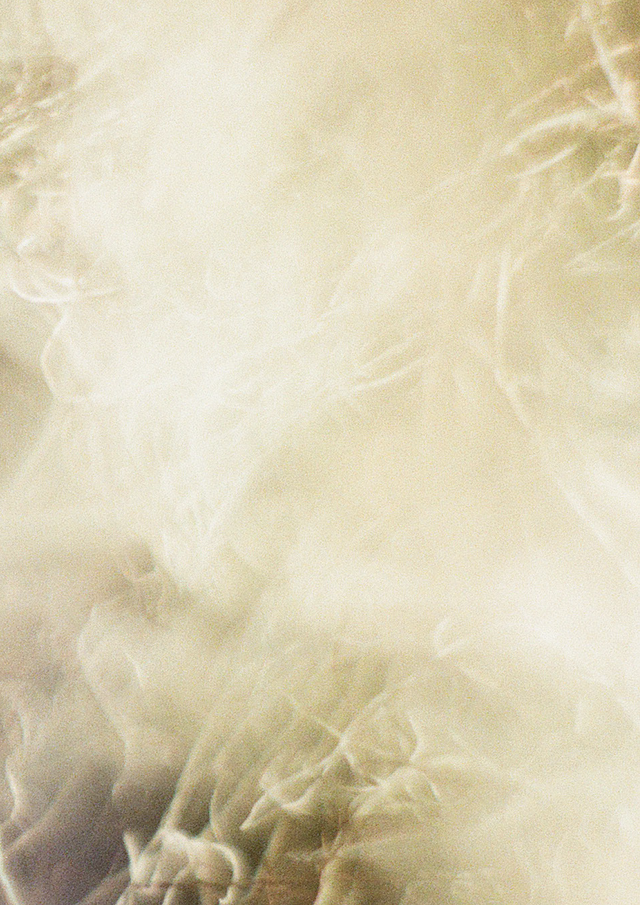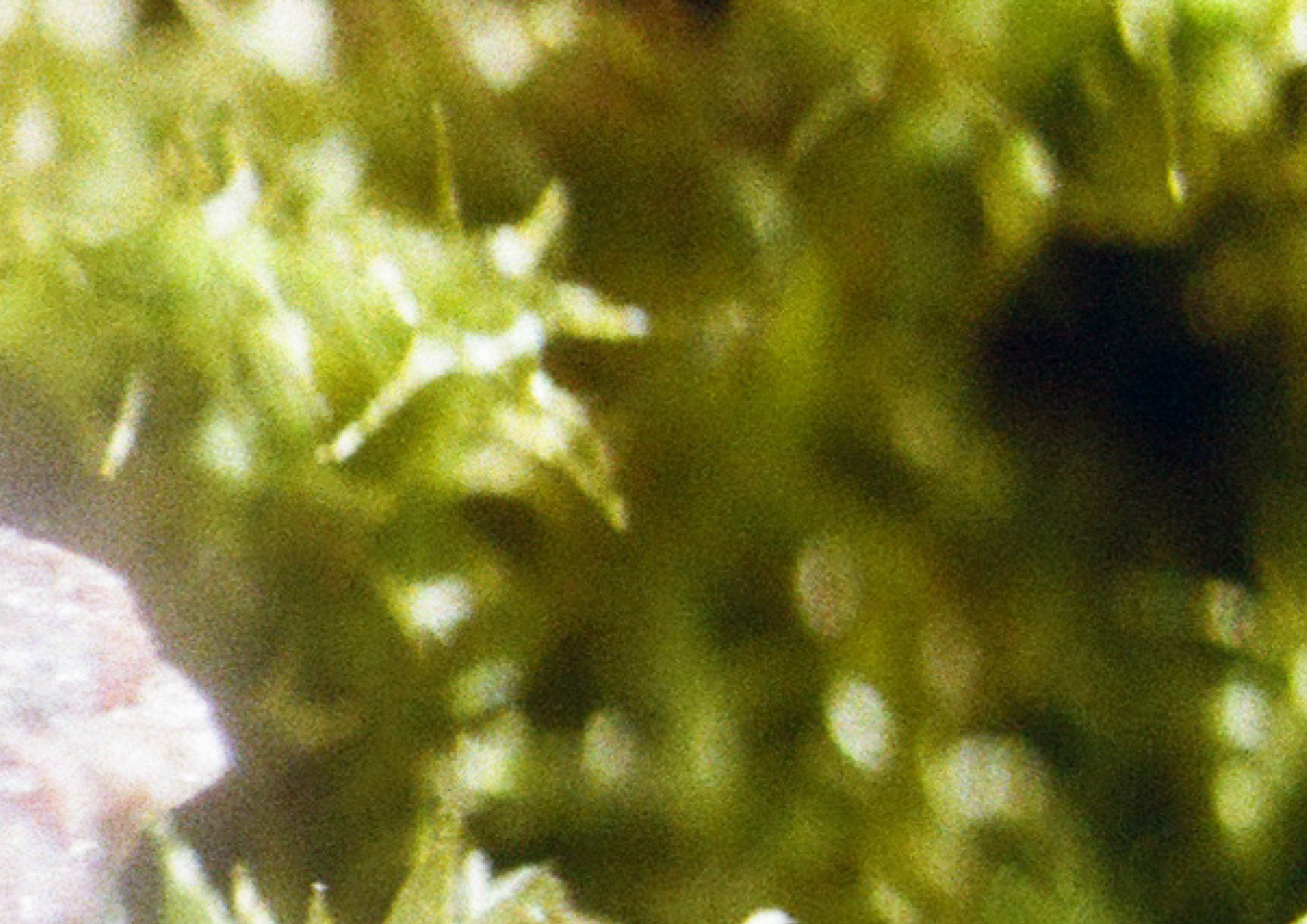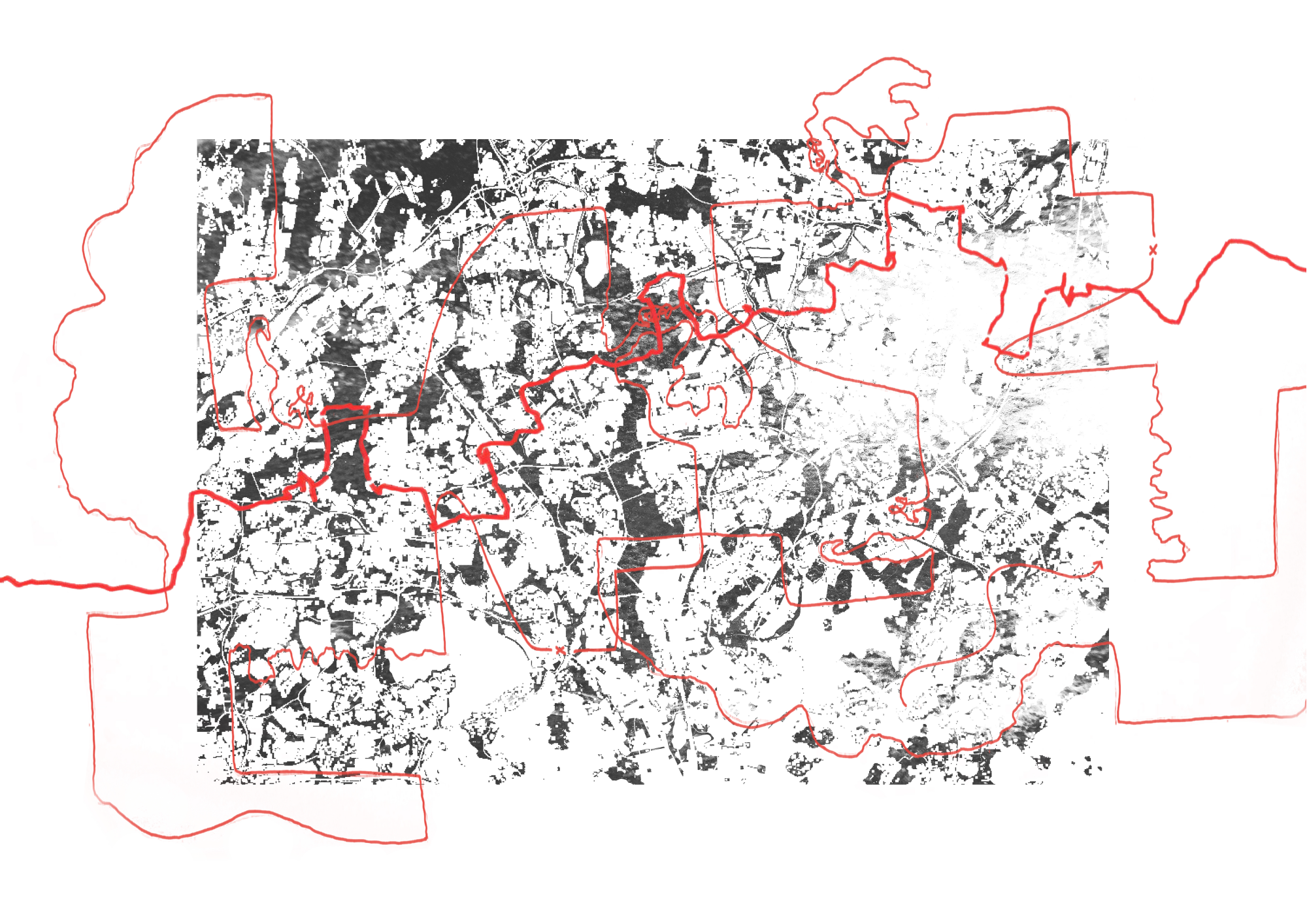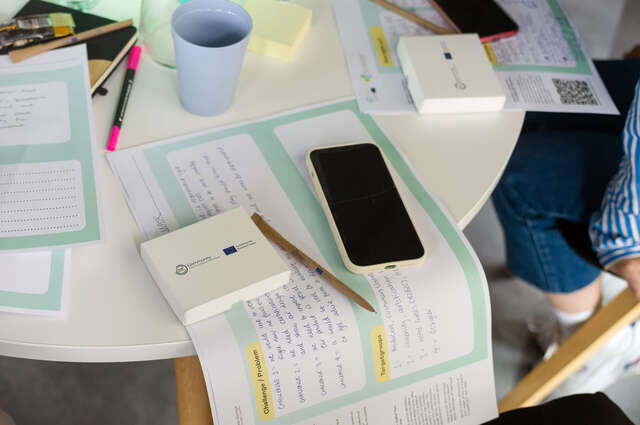Reflections on straightness

Siiri Hänninen
Can an urban planner or architect deviate from a familiar and conventional route? Architect Siiri Hänninen, in the Everyone’s Architecture series of essays, highlights the assumptions behind rational design through Queer theory and Friedensreich Hundertwasser.
The straight line leads to the downfall of humanity.
– Friedensreich Hundertwasser, 1953
In her book Queer Phenomenology, British-Australian feminist writer Sara Ahmed writes about the power of non-orientation. She begins with the etymology of orientation. A direction that takes us somewhere requires us to follow a line drawn in advance. The etymology of 'straight' has to do with 'being straight' or getting straight to the point. However, Ahmed stresses the importance of deviating from the path; to go along routes that have not been taken before and may not be taken later. For how could one person know in advance which route would be best for another? To get you where you want to go or what you need?
In the pursuit of human superiority over the rest of life, Western society began to move towards straightness. The ruler played an important part in this process. The landowner drew the boundaries of his plot with a ruler and developed his own rules within the straight lines.
Architects, with the ruler as their main tool, have also played a major role in reinforcing the ideal of straightness. Thus, builders no longer followed only the architect's instructions but the straight lines of the plans.

In Western societies dictated by straightness, man-made 'culture' is often seen as separate from wild and uncontrolled 'nature'.
Architecture has often been used to reinforce this dichotomy. City walls, fences and planter boxes keep the uncontrolled nature in check. By shackling and taming nature, the illusion of human superiority over other species has been reinforced. Rectangles and grid patterns. This is how the nature-culture divide is particularly manifested in the urban environment. The city is perceived as the antithesis of the free-flowing, meandering rest of life.
It is easy to see biodiversity as secondary when planning shopping centres and new residential areas. Green spaces are also often left to the late stages of the planning process. Often this is reflected in the implementation plans in a way that in the end there is “no room” for non-human life in the city.
The history of straightness
However, throughout history and across cultures, not all urban structures and networks and architectural formal language have always been straight. For example, in mediaeval European cities, an "organic" formal language prevailed for a long time.
Straightness is also strongly linked to the beginning of agriculture, the drawing of rectangular fields and the marking of property relations. However, the first grid pattern of straight lines in the history of architecture and urban planning dates back 9,000 years to the Neolithic town plan of Çatalhöyük in central Anatolia. Roman agrimony also marked land ownership and military camps on the grid. The grid pattern has also been the basis of ancient China, Classical Greece and Rome, the European Middle Ages, the Renaissance, as well as Edinburgh in the 17th century, Barcelona in the 19th century and many cities colonised by Europeans.
In Europe, 20th century modernism and post-World War II reconstruction brought the ideal of straightness very firmly into the way we design our environment. Modernism combined straightness with efficiency and control.
In the 20th century, however, architects still mainly drew their plans by hand, so it was still possible to imagine a wide range of shapes, at least on the drawing board. Today, ArchiCad, the design software used by many architects, almost only allows the drawing of straight lines, making organic lines either impossible or at least very difficult to draw.
Straight lines have also been used to reinforce a wide range of ideologies. For example, Le Corbusier's Plan Voisin, completed in 1925, transformed the winding streets of Paris into straight lines. The grid plan of the city is often associated with power, control and the precise division of territories according to different functions.
On the other hand, the ideal of straightness has also been questioned. In 1958, the architect Friedensreich Hundertwasser criticised our society's tendency to always strive for straightness:
Just carrying a ruler with you in your pocket should be forbidden, at least on a moral basis. The ruler is the symbol of the new illiteracy. The ruler is the symptom of the new disease, disintegration of our civilisation. Today we live in a chaos of straight lines, in a jungle of straight lines. If you do not believe this, take the trouble to count the straight lines which surround you. Then you will understand, for you will never finish counting.
About straightness
The current direction in which humans are moving along straight lines is based on the oppression of other species, people and life forms. The simplification of the diversity of life in all its violence is, indeed, one of the primary causes of the strengthening of the nature-culture divide. This simplification and the making of other forms of life invisible have ultimately led to the disappearance of very many species.
Straightness is thus often associated with control, power and masculinity. It is harnessed to emphasise the hierarchical position of man in relation to the rest of life. The free-form and meandering is associated with nature, other forms of life and femininity.
However, it should be remembered that straightness is also present in the worlds and activities of non-human life. Plants seek the straightest path to light and are made up of equilateral hexagonal plant cells. The honeycomb forms an even grid. In the world of plants and animals, too, efficiency in terms of straightness is often very necessary, for example to save energy. The many examples of straightforwardness among other forms of life, such as formations, structures and nutrient transfer, make the subject very broad.

Straightness is therefore not a human invention or a product of the Western world, although in its current usage straightness can be linked to a wide range of human activities and to the root causes of ecological and social injustice.
Following a straight line may be, of course, the most direct route to a predetermined destination. But often these destinations are decided by others and the paths leading to them are predetermined by others. And often shaped by the norms of patriarchal society.
The paths taken in a culture that oppresses other forms of life easily lead to the oppression of other forms of life. In that world, the interconnectedness of the forms of life is often ignored. To change direction, we must depart from the mainstream path, explore new routes and learn new ways of being (and going!) with respect and care for each other. Perhaps the next step should be to move towards a meandering, mycelium-like existence, blending in with the rest of life and spreading out in all directions, rather than striving for the ideal of straightness.
Towards winding paths
Sometimes, straightness or paths that others have already trodden are needed to increase a sense of security. Or often! The same deep ruts appear in people's paths. It can be easier to follow a path made by someone else, with a known destination and duration, than figuring out your own new route each time. However, a sense of security can lead to carelessness; carelessness can lead to not to care.
A lack of respect for the environment allows the exploitation of natural resources and other forms of life to be treated as mere resources.
The imagined sense of ownership of other forms of life in the Western nature relationship creates a sense of superiority and hierarchy in the environment.
How to maintain respect in a familiar place? Sensitivity to the environment can create meaningful interspecies relationships, strengthening a multi-species rebellion against an oppressive system. It takes humility to understand one's own total dependence on other life forms.
That is why I suggest observing and questioning the paths along which one so easily travels towards the constant oppression of other ways of being and ways of life. In following one's own path, one is forced to be alert to one's surroundings: which way am I going, what do I see and hear around me? Could I lose myself in my sensitivity? Every time you leave the commonly trodden path, you may find yourself discovering something new. Senses sensitive to each new step.
Through new paths and routes, one could become sensitised to one's surroundings and discover the winding and intertwined essence of different life forms. Perhaps through this, one could break down the very notion of straightness and thus the notions of duality or dichotomy, binarism and ultimately the nature-culture divide. This breaking down of the dichotomy and learning new ways of being is needed in order to better and more centrally integrate other forms of life into planning processes and life in general.
It is important to give space and to listen: to discover new – or perhaps old and forgotten – ways of being, seeing and understanding the interconnectedness of life.
The designer's new routes
I grew up in a culture that admires straightness, where the possibility of following straight paths can also be seen as a privilege. For example, my white skin colour can be seen as straightness in me. In a white culture, my white body can sink into a sea of whiteness, relate to, fit in and disappear on a pre-cut path.
Perhaps stepping onto and affirming paths outside the mainstream – even when it serves more than one's own interests – can also be seen as identifying one's own privilege and actively working it out. In this way, paths that are repeatedly tried to be hidden or whose existence is denied can also be strengthened. For while our society actively invites certain bodies to follow a pre-drawn straight line, it takes great care not to welcome others. Not everyone in our society has the same opportunity (and certainly not the same will) to tread the straight path.
By challenging the ideal of straightness, we can enrich the way we perceive the environment. Straight lines have their place, but following them unquestioningly can easily lead to the oppression of the environment and other species. What would our cities look like if the plans forced into straightness took on a twisting, turning and twisting form? Planning processes could emerge from multi-species collaboration, listening to residents, other life forms and the existing environment.
And I dare say that the lines I trace with my feet on the pavement walking to the museum are more important than the lines I will find there hanging on the walls inside. … And it pleases me enormously to see that the line I trace is never straight…
– Friedensreich Hundertwasser, 1953
I return to Ahmed's book Queer phenomenology. For Ahmed, queerness is not just about expressing one's sexual orientation or gender identity, but about refusing to walk a straight line pre-drawn by our society. Queer can offer a new route when following the straight line seems difficult, impossible or uninteresting.

The essay "Reflections on straightness" is a combination of the themes of my work with Io Pettersson on the Radio Drama Walk and the essay "Recognising the interconnectedness of the world would lead to a multidirectional approach to urban planning", which we wrote together with architect Seela Pentikäinen for Mustarinda magazine.
Siiri Hänninen describes herself as a curious dreamer and a kind of builder. She works in art, activism and architecture. Hänninen’s works are spaces or in spaces, and through them she aims to give space to explore, discover and realise. Through her work, she creates atmospheres and dreams of gentler ways of being and encountering. Hänninen's works have been exhibited at Amos Rex (2023), Mänttä Visual Art Week (2022) and Musica Nova Helsinki Festival (2021) among others. As an activist, she has worked with Elokapina and the You Tell Me collective, among others. Siiri Hänninen graduated as an architect from Aalto University in the summer of 2023.
Everyone’s Architecture essay series dives into the social debate around architecture. We need diverse perspectives on how architecture can strengthen both people’s well-being and environmental sustainability. Socially, ecologically and culturally sustainable architecture is based on an active discussion about how society and the living environment should be constructed. The series presents perspectives on the various themes of Finland’s architectural policy programme 2022-2035. An open-minded discussion is encouraged. The series has been realised in cooperation with the You Tell Me collective of young architects. The goal of the collective is to promote a change in thinking within the construction sector through peer-to-peer learning and sharing information, and by expanding the discussion on architecture beyond professionals in the field.


